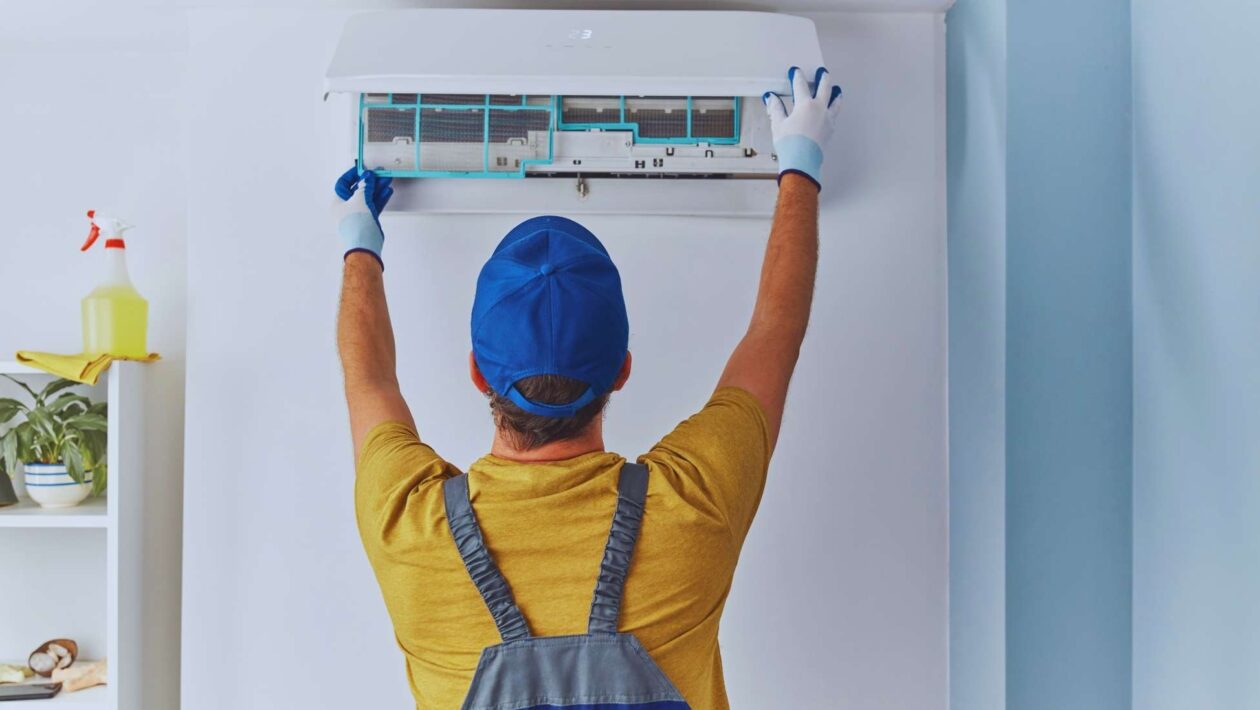Last Updated on May 19, 2025 by Kravelv Spiegel
Phoenix summers are relentless. When your air conditioner quits in the middle of a heatwave, you want it fixed fast. But many homeowners in Phoenix find themselves waiting longer than expected for repairs, and one common thread ties most of these cases together: they skipped their seasonal tune-up.
Missing your AC tune-up might not seem like a big deal, especially if your system seems to be working fine. But over time, what you don’t see can lead to major delays when something finally breaks. Here’s why emergency AC repairs take longer when your system hasn’t been checked ahead of the season.
The Hidden Damage Builds Up
An air conditioning unit is more than just a box outside the house. It’s a complex system that relies on clean filters, working fans, properly charged refrigerant, and well-maintained coils to run efficiently. When you skip tune-ups, these components wear down quietly.
Dust, pet hair, and debris collect on the condenser and evaporator coils. Refrigerant levels can drop. Electrical connections corrode. Belts loosen. And none of these issues might be obvious until your system completely stops working. By then, the damage is deeper, and repairs take longer because techs have to troubleshoot multiple layers of problems instead of a simple part failure.
Emergency Volume Surges
Phoenix doesn’t just get hot—it gets dangerously hot. According to the National Weather Service, the average high in July is over 106°F. When the first heatwave hits, HVAC companies across the valley are flooded with calls. Everyone who didn’t schedule a spring tune-up now needs emergency help.
If your AC is down during peak season and it hasn’t been serviced in a while, you might be stuck waiting for both a diagnosis and a repair slot. Techs often prioritize customers with maintenance plans or those whose systems show signs of routine care, because those jobs tend to be faster and easier to resolve.
Delayed Diagnoses Due to Multiple Issues
One of the biggest reasons unmaintained units take longer to fix is the sheer number of problems hidden under the surface. A unit that hasn’t had filters changed regularly might also have a burned-out blower motor, a cracked capacitor, and a clogged drain line.
A technician can’t simply swap out a part and go. They need to carefully inspect and test each component, check pressures and amperages, and isolate the root cause. That adds hours—sometimes days—if specialized parts are needed.
Parts May Be Harder to Source
An AC that breaks after months (or years) of no service might be using outdated or overworked components. Some of these parts may no longer be readily available. For example, a dirty coil that hasn’t been cleaned in years could lead to compressor failure, and compressors for older systems may take time to ship, especially during high-demand months.
And if the unit is particularly old or has been neglected, some HVAC providers may even suggest replacing the system rather than investing in expensive parts. That decision process takes time—and often leaves families sweating it out longer than necessary.
Clogged Filters and Airflow Restrictions
A dirty air filter doesn’t just reduce air quality—it makes your whole system work harder. That extra stress can overheat the unit and lead to more serious breakdowns. Filters are one of the easiest things to inspect and replace during a tune-up, but when neglected, they cause a chain reaction.
If a tech arrives and finds airflow issues, they often need to clean out ducts, remove debris from the blower, or unclog the condensate drain pan—all of which can be avoided with seasonal maintenance. Each of those tasks adds time to your repair visit.
Small Issues Turn Into Big Repairs
When a belt squeaks or a fan makes a weird noise, most people ignore it—until the unit stops entirely. Seasonal tune-ups are designed to catch those little signs before they turn into big repairs.
Skipping that step is like skipping oil changes in your car. You don’t notice the damage until your engine seizes. At that point, you’re not dealing with a quick fix. You’re looking at hours of diagnostics, potentially expensive parts, and possible system replacements. That extends downtime—and repair costs.
Tune-Ups Help You Stay Ahead of the Rush
Scheduling a tune-up in March or April means a technician can catch wear and tear before your system gets pushed to the limit. They’ll clean coils, check refrigerant, inspect motors, and test for signs of failure. If something needs to be replaced, it’s done with time to spare—before every HVAC company in Phoenix gets booked out for weeks.
When you skip that appointment and wait for your system to fail in June or July, you enter the game at the worst possible time. Even if your repair is minor, you might wait days just to get on the schedule.
Technicians Spend Extra Time Educating
With poorly maintained systems, technicians often need to explain what went wrong and why it could’ve been avoided. They walk through multiple problem areas, help homeowners understand future risks, and document everything for transparency. While that education is important, it does add time to your service call—and can be frustrating when you’re already hot and uncomfortable.
It’s Not Just the AC—It’s the Whole System
When your AC goes down, it’s rarely just one component. An overworked system affects ductwork, airflow, thermostats, and even electrical breakers. Tune-ups look at the system as a whole. When they’re skipped, repairs become more than just swapping a capacitor. It’s a whole-system assessment that’s time-consuming but necessary to avoid further damage.
Regular Maintenance Keeps Your Home Safer
It’s not just about comfort. Broken AC units can lead to unsafe conditions, especially for elderly residents, kids, or those with health issues. Indoor temperatures can soar above 90°F quickly in Phoenix homes. Regular maintenance keeps your system reliable—and when something does go wrong, it can often be fixed faster because the tech already knows your system’s history.

